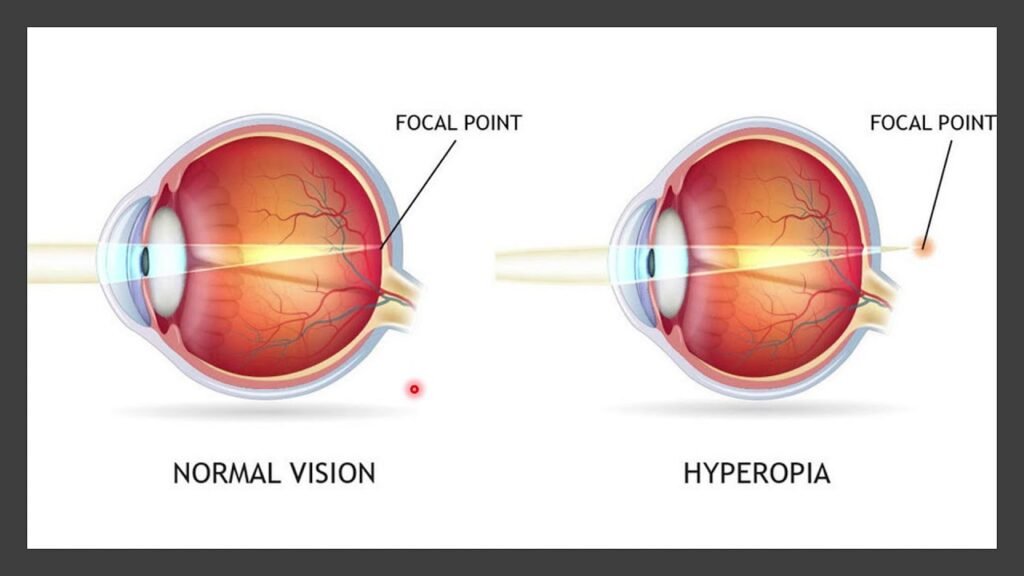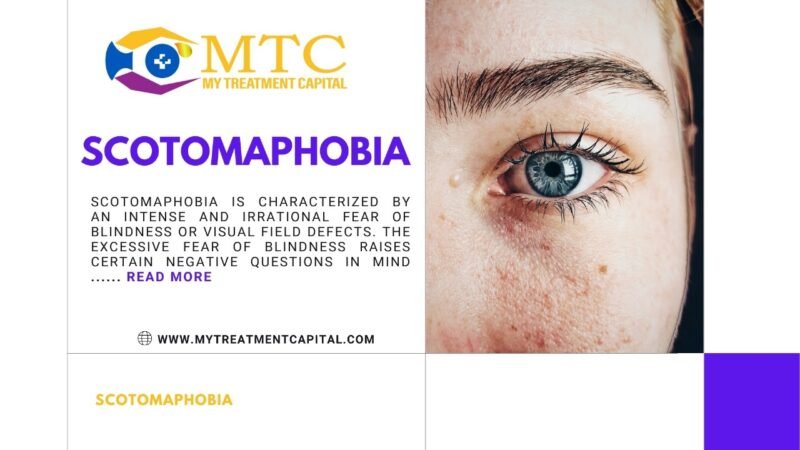Hypermetropia, commonly known as farsightedness or long-sightedness, is a common refractive error where distant objects are seen more clearly than those that are close. This condition affects people of all ages and can significantly impact daily activities such as reading, writing, and using electronic devices. OCL Vision delves into the symptoms, diagnosis, and treatment options for hypermetropia, providing a comprehensive overview for those seeking to understand this vision condition better.
Symptoms of Hypermetropia
Difficulty Focusing on Close Objects
One of the most noticeable symptoms of hypermetropia is difficulty focusing on close objects. Individuals may find that reading small print, threading a needle, or working on a computer screen becomes challenging and uncomfortable. This strain can lead to frequent eye fatigue and headaches, particularly after prolonged periods of close-up work.
Blurred Vision
Blurred vision at close distances is another common symptom. While distant objects may appear clear, those that are closer can seem out of focus and blurry. This discrepancy in vision clarity can be frustrating and can interfere with everyday tasks that require sharp near vision.
Eye Strain and Discomfort
People with hypermetropia often experience eye strain, discomfort, and even pain around the eyes. This discomfort can be exacerbated by extended periods of close-up work, such as reading or using a smartphone. Symptoms of eye strain include aching or tired eyes, a burning sensation, and difficulty concentrating.
Frequent Headaches
Frequent headaches, particularly in the frontal region, are another hallmark symptom of hypermetropia. These headaches are typically caused by the constant effort required to focus on close objects, leading to overworked eye muscles. The headaches may become more pronounced after activities that demand sustained near vision.
Squinting to See Clearly
Individuals with hypermetropia may find themselves squinting in an attempt to see objects more clearly. Squinting can temporarily improve focus by altering the shape of the eye and reducing the size of the pupil, but it can also lead to further eye strain and discomfort over time.
Diagnosis of Hypermetropia
Comprehensive Eye Examination
A comprehensive eye examination by an optometrist or ophthalmologist is essential for diagnosing hypermetropia. The exam typically includes a series of tests to evaluate visual acuity, refractive error, and overall eye health. During the exam, the eye care professional will ask about the patient’s visual history and any symptoms they may be experiencing.
Visual Acuity Test
The visual acuity test measures the clarity of vision at various distances. Patients are asked to read letters or symbols on a chart positioned at a specific distance. This test helps determine the extent of refractive error and the severity of hypermetropia.
Refraction Assessment
Refraction assessment is a critical part of the diagnostic process. The eye care professional uses a phoropter or an automated refractor to measure how light rays bend as they pass through the eye. By determining the exact prescription needed to correct vision, this test helps identify the presence and degree of hypermetropia.
Retinoscopy
Retinoscopy is another diagnostic tool used to assess refractive errors. During this test, the optometrist shines a light into the patient’s eye and observes the reflection off the retina. By moving the light and changing lenses, the practitioner can determine how the eye focuses light and identify hypermetropia.
Cycloplegic Refraction
In some cases, especially in children, a cycloplegic refraction may be performed. This involves using eye drops to temporarily paralyze the ciliary muscle, which controls the eye’s focusing ability. By preventing the eye from accommodating, the test provides a more accurate measure of refractive error and helps diagnose hypermetropia.
Treatment Options for Hypermetropia
Corrective Lenses
The most common and straightforward treatment for hypermetropia is the use of corrective lenses. Eyeglasses and contact lenses are designed to compensate for the refractive error by bending light rays appropriately, allowing for clear vision at close distances.
– Eyeglasses: Eyeglasses are the simplest and most widely used corrective measure for hypermetropia. They come in various designs, including single-vision lenses for general use, and multifocal lenses for those who also require correction for distance vision.
– Contact Lenses: Contact lenses offer a convenient and aesthetically pleasing alternative to eyeglasses. They provide a wider field of vision and are available in various materials and designs, including disposable, extended-wear, and multifocal options.
Refractive Surgery
For those seeking a more permanent solution, refractive surgery is an option. Procedures such as LASIK (Laser-Assisted In Situ Keratomileusis) and PRK (Photorefractive Keratectomy) reshape the cornea to correct the refractive error, reducing or eliminating the need for corrective lenses.
– LASIK: LASIK surgery involves creating a thin flap in the cornea and using a laser to reshape the underlying tissue. This procedure can correct hypermetropia by increasing the cornea’s curvature, allowing light to focus more precisely on the retina.
– PRK: PRK is a similar procedure that involves removing the outer layer of the cornea and reshaping the underlying tissue with a laser. While the recovery time for PRK is longer than for LASIK, it is an effective option for those with thinner corneas.
Orthokeratology
Orthokeratology, or ortho-k, involves wearing specially designed contact lenses overnight to temporarily reshape the cornea. This non-surgical treatment can provide clear vision during the day without the need for glasses or contact lenses. However, the effects are temporary, and the lenses must be worn regularly to maintain the results.
Conclusion
Hypermetropia, or farsightedness, is a common vision condition that can impact daily life by making close-up tasks difficult and uncomfortable. Recognizing the symptoms, such as blurred near vision, eye strain, and frequent headaches, is crucial for early diagnosis and effective treatment. With a range of options available, from corrective lenses to refractive surgery, individuals with hypermetropia can achieve clear and comfortable vision. Regular eye examinations and consultations with eye care professionals are essential to ensure the best possible outcomes and maintain optimal eye health.



